Home>Gardening & Outdoor>Landscaping Ideas>What Kind Of Grass Spreads
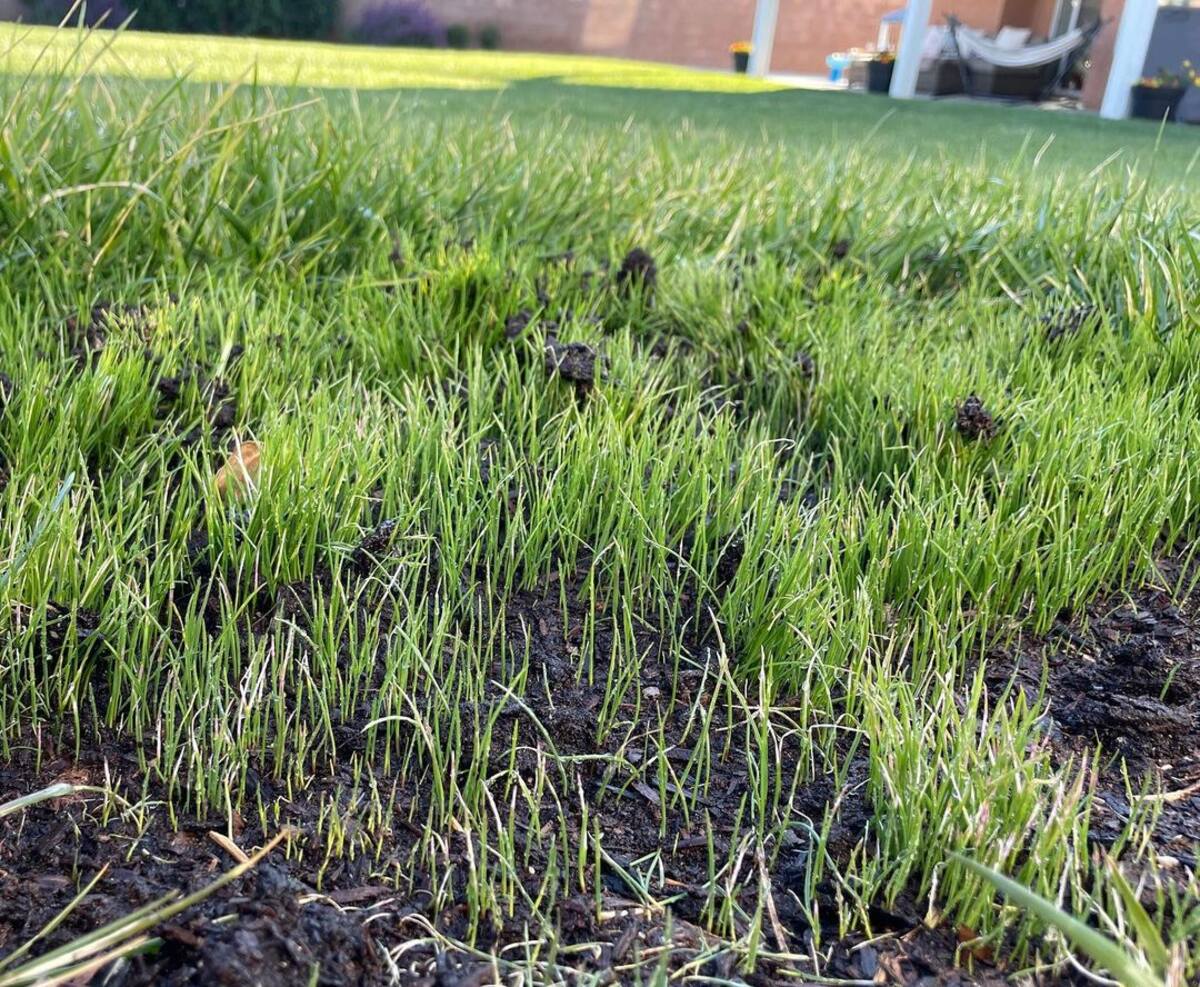

Landscaping Ideas
What Kind Of Grass Spreads
Published: January 28, 2024
Discover the best landscaping ideas for spreading grass in your yard. Learn about different types of grass that spread and how to maintain a lush, green lawn.
(Many of the links in this article redirect to a specific reviewed product. Your purchase of these products through affiliate links helps to generate commission for Storables.com, at no extra cost. Learn more)
Bermuda Grass
Bermuda grass, scientifically known as Cynodon dactylon, is a popular warm-season grass that is widely recognized for its exceptional spreading capabilities. This resilient grass variety is renowned for its ability to thrive in diverse climates, making it a sought-after choice for lawns, parks, golf courses, and athletic fields.
Characteristics and Growth Pattern
Bermuda grass is celebrated for its vigorous spreading nature, which allows it to create a dense and lush carpet of greenery. Its growth pattern is characterized by above-ground stems called stolons and below-ground stems known as rhizomes. These specialized structures enable Bermuda grass to rapidly expand and cover bare patches, making it an ideal choice for areas requiring quick ground coverage.
Adaptability and Maintenance
One of the key attributes of Bermuda grass is its adaptability to various soil types and its tolerance to high temperatures. This makes it an excellent choice for regions with hot and arid climates. Additionally, Bermuda grass exhibits remarkable resilience to foot traffic, making it a preferred option for high-traffic areas such as sports fields and playgrounds.
Caring for Bermuda Grass
Maintaining Bermuda grass involves regular mowing to encourage lateral growth and maintain an even, manicured appearance. Adequate watering is essential, especially during dry spells, to ensure the grass remains healthy and vibrant. Fertilization and aeration are also crucial for promoting robust growth and combating thatch buildup.
Spreading Mechanism
Bermuda grass spreads through its stolons and rhizomes, which enable it to rapidly colonize bare patches and fill in gaps within the lawn. This spreading mechanism not only contributes to the grass's lush appearance but also aids in its ability to outcompete weeds and other undesirable vegetation.
In Summary
Bermuda grass stands out as a resilient and versatile option for landscaping due to its exceptional spreading capabilities, adaptability to various climates, and ability to withstand heavy use. Its rapid growth and spreading mechanism make it a top choice for those seeking a lush, durable lawn that can withstand the demands of everyday life.
Incorporating Bermuda grass into landscaping projects can yield visually appealing and low-maintenance outdoor spaces, making it a favored choice for homeowners, landscapers, and groundskeepers alike.
Key Takeaways:
- Bermuda, Zoysia, St. Augustine, Centipede, and Kentucky Bluegrass are all types of grass that spread through stolons and rhizomes, making them resilient and visually appealing options for landscaping projects.
- These grass varieties are adaptable to various climates and soil types, requiring regular maintenance such as mowing, watering, and fertilization to promote lush growth and spreading capabilities.
Read more: What Is The Fastest Spreading Ground Cover
Zoysia Grass
Zoysia grass, scientifically known as Zoysia, is a warm-season grass variety that has gained widespread recognition for its remarkable spreading capabilities and lush, dense growth. This resilient grass species is highly favored for its ability to thrive in diverse climates, making it a popular choice for lawns, golf courses, and recreational areas.
Characteristics and Growth Pattern
Zoysia grass is celebrated for its dense growth pattern, which contributes to its lush and visually appealing appearance. It spreads through both stolons and rhizomes, allowing it to effectively fill in bare patches and create a uniform carpet of greenery. This growth mechanism enables Zoysia grass to establish a robust root system, making it highly resilient to foot traffic and environmental stressors.
Adaptability and Maintenance
One of the key attributes of Zoysia grass is its adaptability to various soil types and its tolerance to both heat and cold. This makes it an excellent choice for regions with fluctuating climates. Additionally, Zoysia grass exhibits exceptional drought tolerance, requiring less water compared to other grass varieties. Its ability to thrive in both sun and partial shade further enhances its appeal for landscaping projects.
Caring for Zoysia Grass
Maintaining Zoysia grass involves regular mowing to promote lateral growth and maintain an even, manicured appearance. Adequate watering is essential, especially during the establishment phase, to ensure the grass develops a strong root system. Fertilization and occasional dethatching contribute to the overall health and vigor of Zoysia grass, promoting its spreading capabilities and lush growth.
Spreading Mechanism
Zoysia grass spreads through its stolons and rhizomes, allowing it to rapidly colonize bare areas and establish a dense, uniform turf. This spreading mechanism not only contributes to the grass's visual appeal but also aids in its ability to outcompete weeds and resist encroachment from undesirable vegetation.
In summary, Zoysia grass stands out as a resilient and visually appealing option for landscaping due to its exceptional spreading capabilities, adaptability to various climates, and low maintenance requirements. Its ability to form a dense, lush carpet of greenery makes it an ideal choice for homeowners, landscapers, and groundskeepers seeking a durable and visually appealing lawn that can withstand various environmental conditions. Incorporating Zoysia grass into landscaping projects can result in vibrant and inviting outdoor spaces, making it a favored choice for a wide range of applications.
St. Augustine Grass
St. Augustine grass, scientifically known as Stenotaphrum secundatum, is a warm-season grass variety that is highly esteemed for its lush, dense growth and vibrant green hue. This resilient grass species is widely favored for its exceptional spreading capabilities, making it a popular choice for lawns, parks, and recreational areas.
Characteristics and Growth Pattern
St. Augustine grass is renowned for its rapid spreading nature, which allows it to establish a thick and uniform turf. It spreads through above-ground stolons, enabling it to effectively fill in bare patches and create a visually appealing carpet of greenery. This growth pattern contributes to the grass's ability to withstand foot traffic and environmental stressors, making it an ideal option for high-traffic areas.
Adaptability and Maintenance
One of the key attributes of St. Augustine grass is its adaptability to a variety of soil types and its tolerance to both sun and partial shade. This makes it an excellent choice for regions with diverse light conditions. Additionally, St. Augustine grass exhibits exceptional heat tolerance, thriving in warm climates while maintaining its vibrant green color. Its ability to establish a dense turf further enhances its appeal for landscaping projects.
Caring for St. Augustine Grass
Maintaining St. Augustine grass involves regular mowing to encourage lateral growth and maintain an even, well-manicured appearance. Adequate watering is essential, especially during the establishment phase, to ensure the grass develops a strong root system. Fertilization and periodic dethatching contribute to the overall health and vigor of St. Augustine grass, promoting its spreading capabilities and lush growth.
Spreading Mechanism
St. Augustine grass spreads primarily through its stolons, allowing it to rapidly colonize bare areas and establish a dense, uniform turf. This spreading mechanism not only contributes to the grass's visual appeal but also aids in its ability to outcompete weeds and resist encroachment from undesirable vegetation.
In summary, St. Augustine grass stands out as a resilient and visually appealing option for landscaping due to its exceptional spreading capabilities, adaptability to various light conditions, and low maintenance requirements. Its ability to form a lush, dense carpet of greenery makes it an ideal choice for homeowners, landscapers, and groundskeepers seeking a durable and visually appealing lawn that can withstand various environmental conditions. Incorporating St. Augustine grass into landscaping projects can result in vibrant and inviting outdoor spaces, making it a favored choice for a wide range of applications.
Consider planting a spreading grass variety such as Bermuda grass or Zoysia grass if you want your lawn to fill in quickly and create a dense, lush carpet. These grasses spread through above-ground runners, allowing them to quickly cover bare spots in your yard.
Centipede Grass
Centipede grass, scientifically known as Eremochloa ophiuroides, is a warm-season turfgrass that is highly valued for its low-maintenance nature and visually appealing characteristics. This resilient grass variety is widely recognized for its exceptional spreading capabilities, making it a popular choice for lawns, parks, and landscaping projects.
Characteristics and Growth Pattern
Centipede grass is celebrated for its dense and lush growth pattern, which contributes to its vibrant green color and soft texture. It spreads through above-ground stolons and below-ground rhizomes, allowing it to effectively fill in bare patches and create a uniform carpet of greenery. This growth mechanism enables Centipede grass to establish a robust root system, making it highly resilient to foot traffic and environmental stressors.
Adaptability and Maintenance
One of the key attributes of Centipede grass is its adaptability to various soil types and its tolerance to both sun and partial shade. This makes it an excellent choice for regions with diverse light conditions. Additionally, Centipede grass exhibits exceptional heat tolerance, thriving in warm climates while maintaining its vibrant green color. Its ability to establish a dense turf further enhances its appeal for landscaping projects.
Caring for Centipede Grass
Maintaining Centipede grass involves regular mowing to promote lateral growth and maintain an even, well-manicured appearance. Adequate watering is essential, especially during the establishment phase, to ensure the grass develops a strong root system. Fertilization and periodic dethatching contribute to the overall health and vigor of Centipede grass, promoting its spreading capabilities and lush growth.
Spreading Mechanism
Centipede grass spreads through its stolons and rhizomes, allowing it to rapidly colonize bare areas and establish a dense, uniform turf. This spreading mechanism not only contributes to the grass's visual appeal but also aids in its ability to outcompete weeds and resist encroachment from undesirable vegetation.
In summary, Centipede grass stands out as a resilient and visually appealing option for landscaping due to its exceptional spreading capabilities, adaptability to various light conditions, and low maintenance requirements. Its ability to form a lush, dense carpet of greenery makes it an ideal choice for homeowners, landscapers, and groundskeepers seeking a durable and visually appealing lawn that can withstand various environmental conditions. Incorporating Centipede grass into landscaping projects can result in vibrant and inviting outdoor spaces, making it a favored choice for a wide range of applications.
Kentucky Bluegrass
Kentucky Bluegrass, scientifically known as Poa pratensis, is a cool-season grass that is highly esteemed for its lush, dense growth and vibrant green hue. This resilient grass species is widely favored for its exceptional spreading capabilities, making it a popular choice for lawns, parks, and landscaping projects.
Characteristics and Growth Pattern
Kentucky Bluegrass is celebrated for its dense and lush growth pattern, which contributes to its visually appealing appearance and soft texture. It spreads through above-ground stolons and below-ground rhizomes, allowing it to effectively fill in bare patches and create a uniform carpet of greenery. This growth mechanism enables Kentucky Bluegrass to establish a robust root system, making it highly resilient to foot traffic and environmental stressors.
Adaptability and Maintenance
One of the key attributes of Kentucky Bluegrass is its adaptability to various soil types and its tolerance to both sun and partial shade. This makes it an excellent choice for regions with diverse light conditions. Additionally, Kentucky Bluegrass exhibits exceptional cold tolerance, thriving in cooler climates while maintaining its vibrant green color. Its ability to establish a dense turf further enhances its appeal for landscaping projects.
Caring for Kentucky Bluegrass
Maintaining Kentucky Bluegrass involves regular mowing to promote lateral growth and maintain an even, well-manicured appearance. Adequate watering is essential, especially during the establishment phase, to ensure the grass develops a strong root system. Fertilization and periodic dethatching contribute to the overall health and vigor of Kentucky Bluegrass, promoting its spreading capabilities and lush growth.
Spreading Mechanism
Kentucky Bluegrass spreads through its stolons and rhizomes, allowing it to rapidly colonize bare areas and establish a dense, uniform turf. This spreading mechanism not only contributes to the grass's visual appeal but also aids in its ability to outcompete weeds and resist encroachment from undesirable vegetation.
In summary, Kentucky Bluegrass stands out as a resilient and visually appealing option for landscaping due to its exceptional spreading capabilities, adaptability to various light conditions, and low maintenance requirements. Its ability to form a lush, dense carpet of greenery makes it an ideal choice for homeowners, landscapers, and groundskeepers seeking a durable and visually appealing lawn that can withstand various environmental conditions. Incorporating Kentucky Bluegrass into landscaping projects can result in vibrant and inviting outdoor spaces, making it a favored choice for a wide range of applications.
Frequently Asked Questions about What Kind Of Grass Spreads
Was this page helpful?
At Storables.com, we guarantee accurate and reliable information. Our content, validated by Expert Board Contributors, is crafted following stringent Editorial Policies. We're committed to providing you with well-researched, expert-backed insights for all your informational needs.
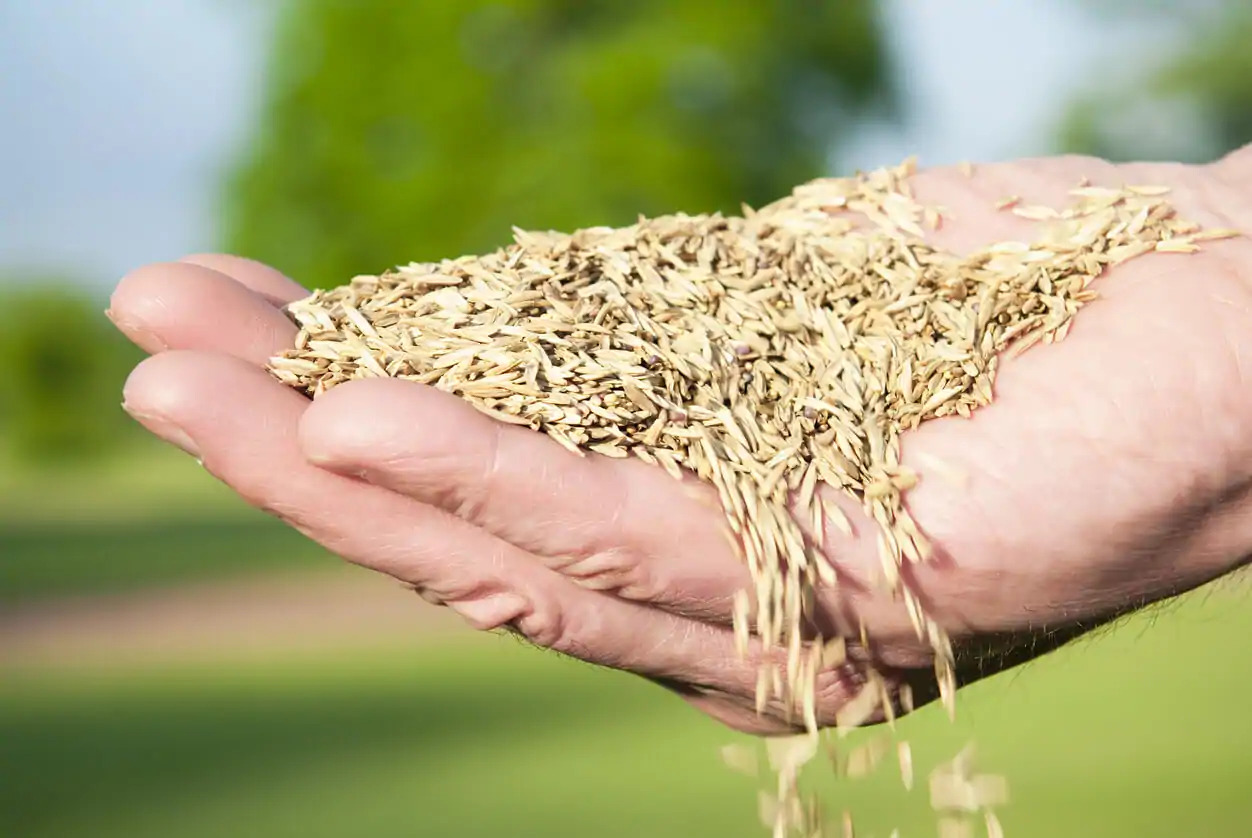
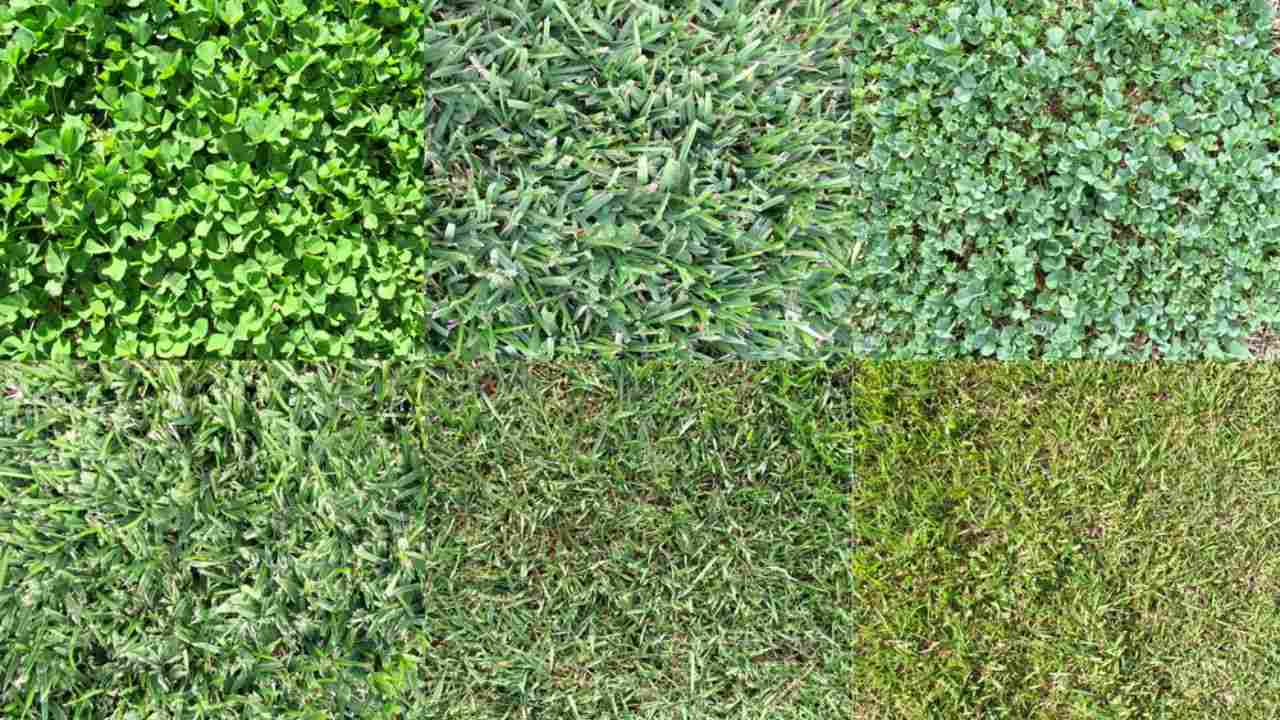
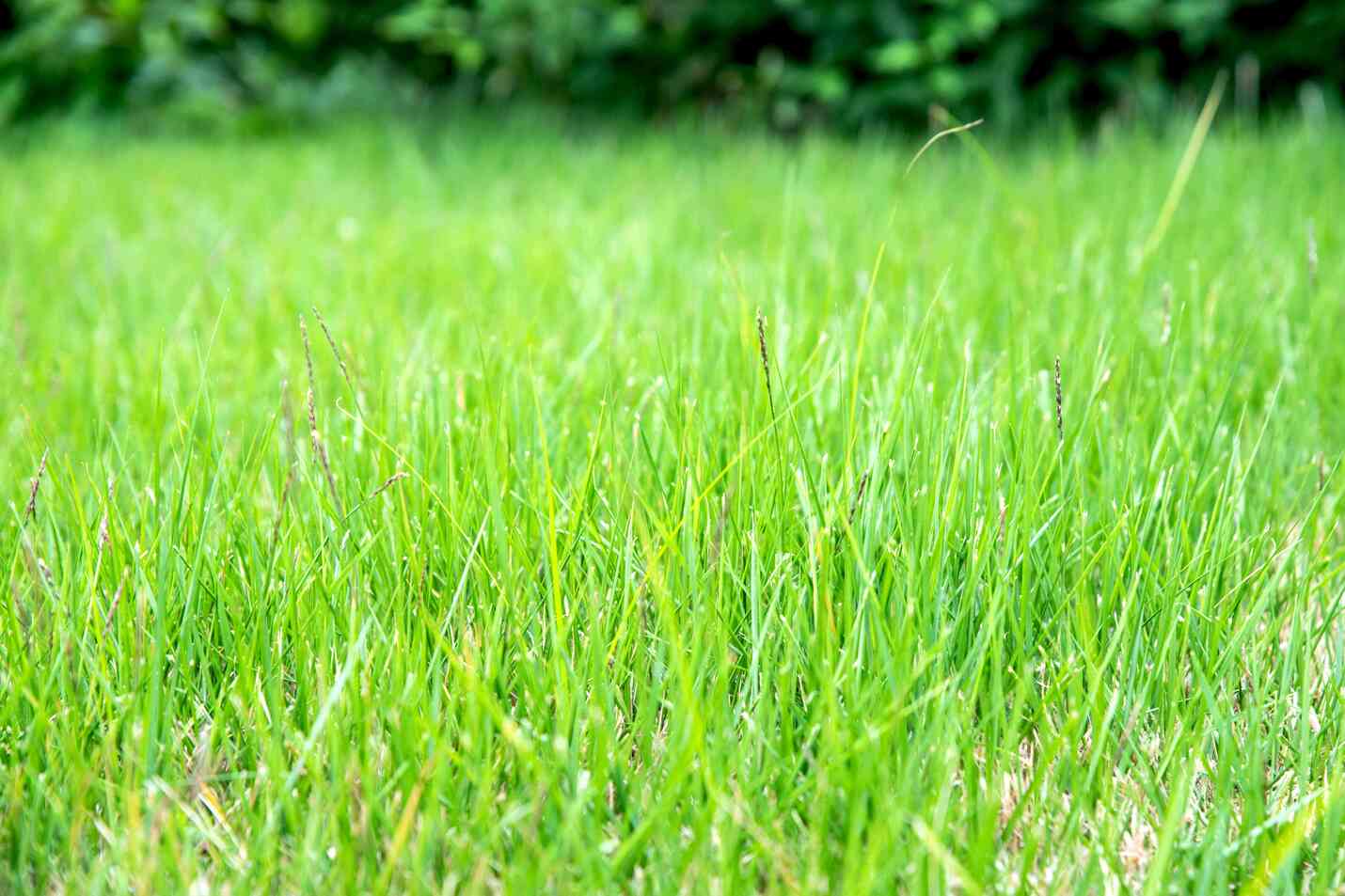
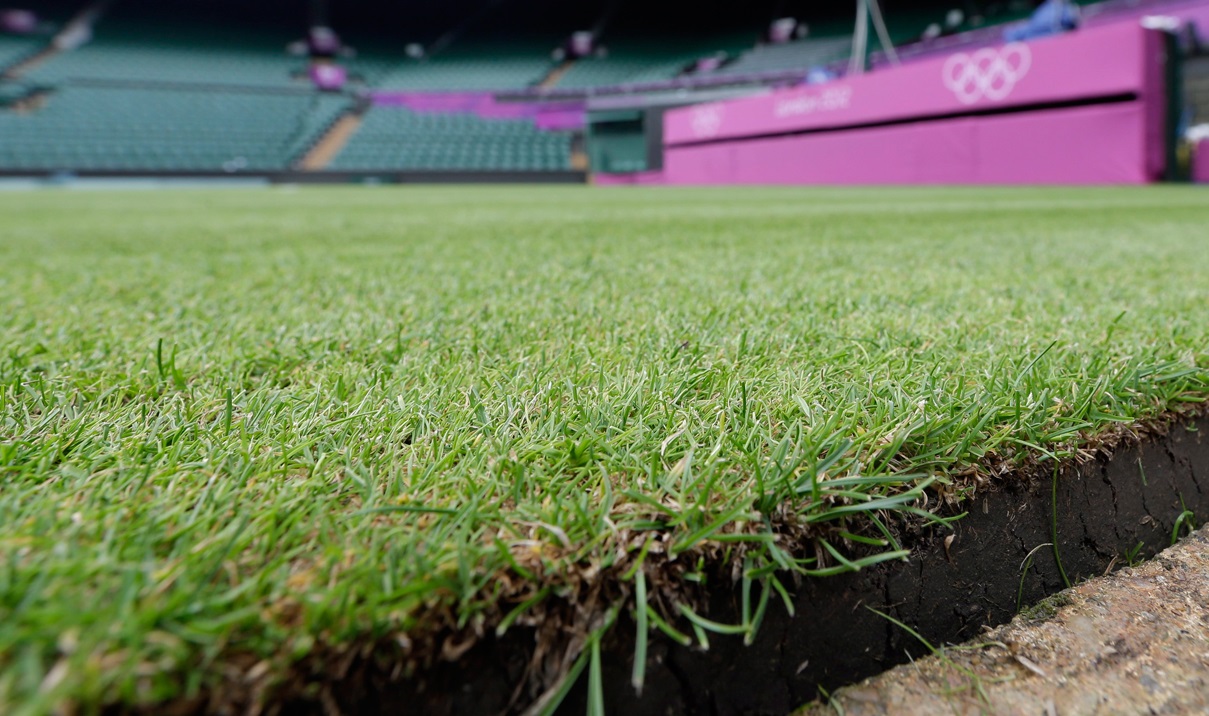
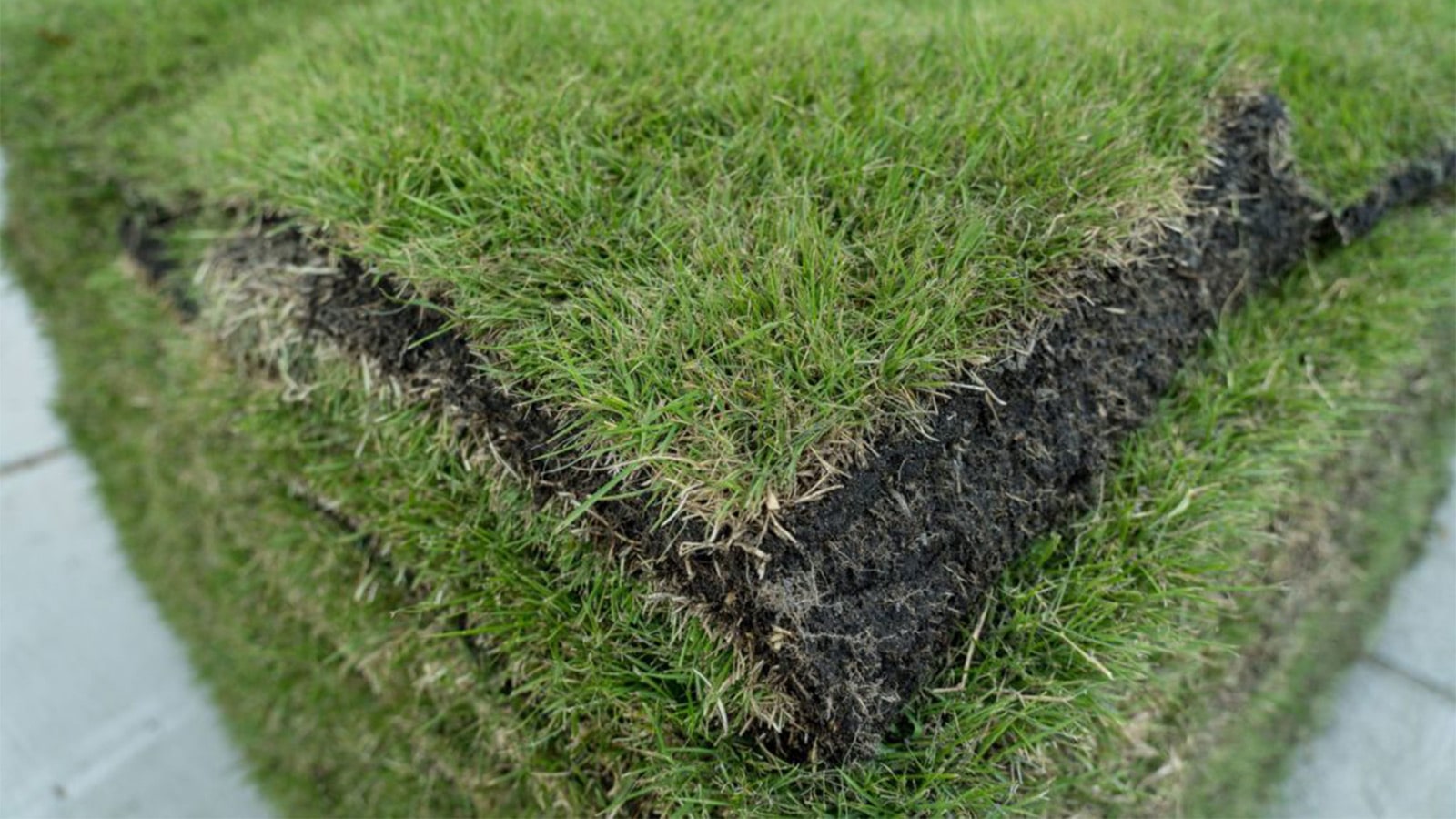
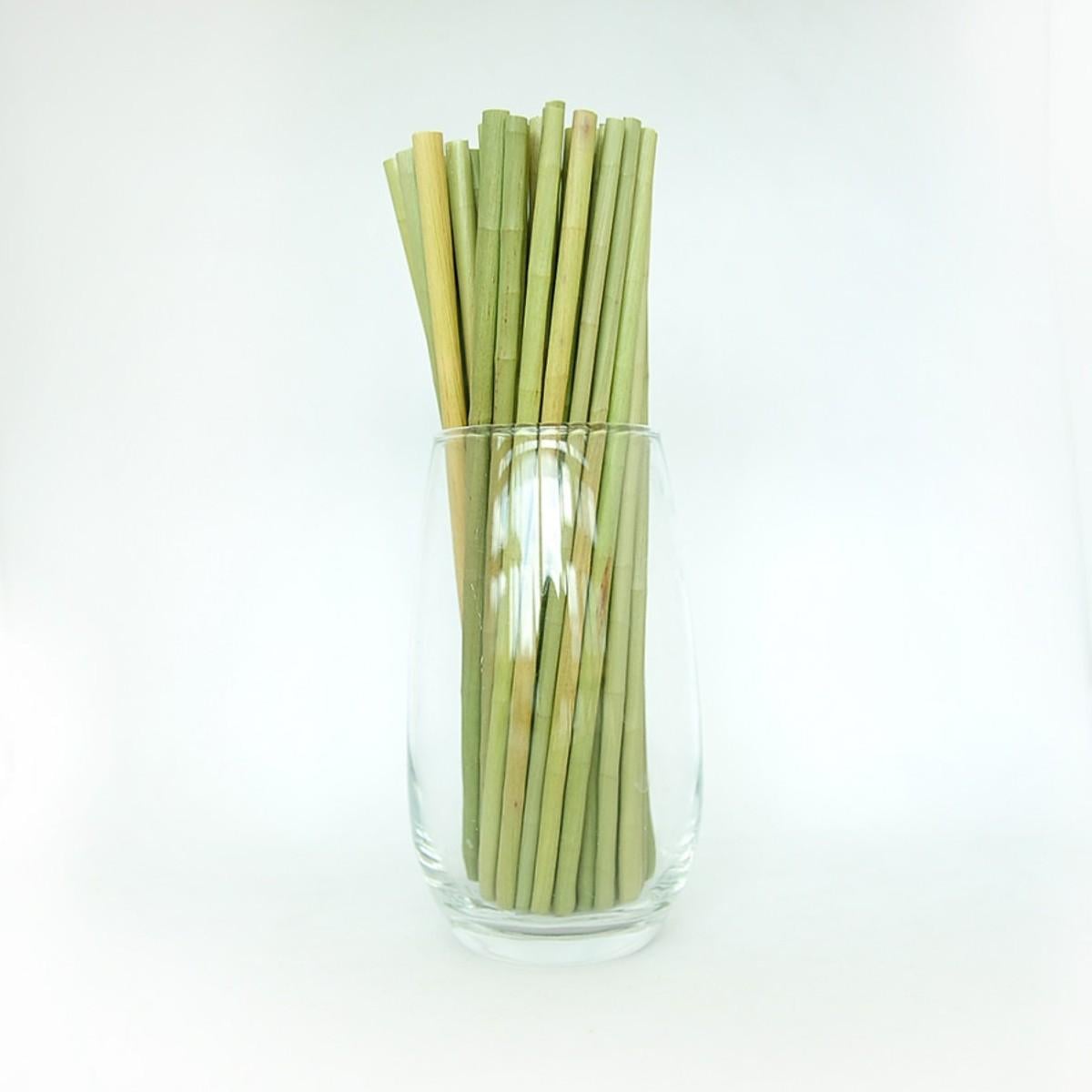
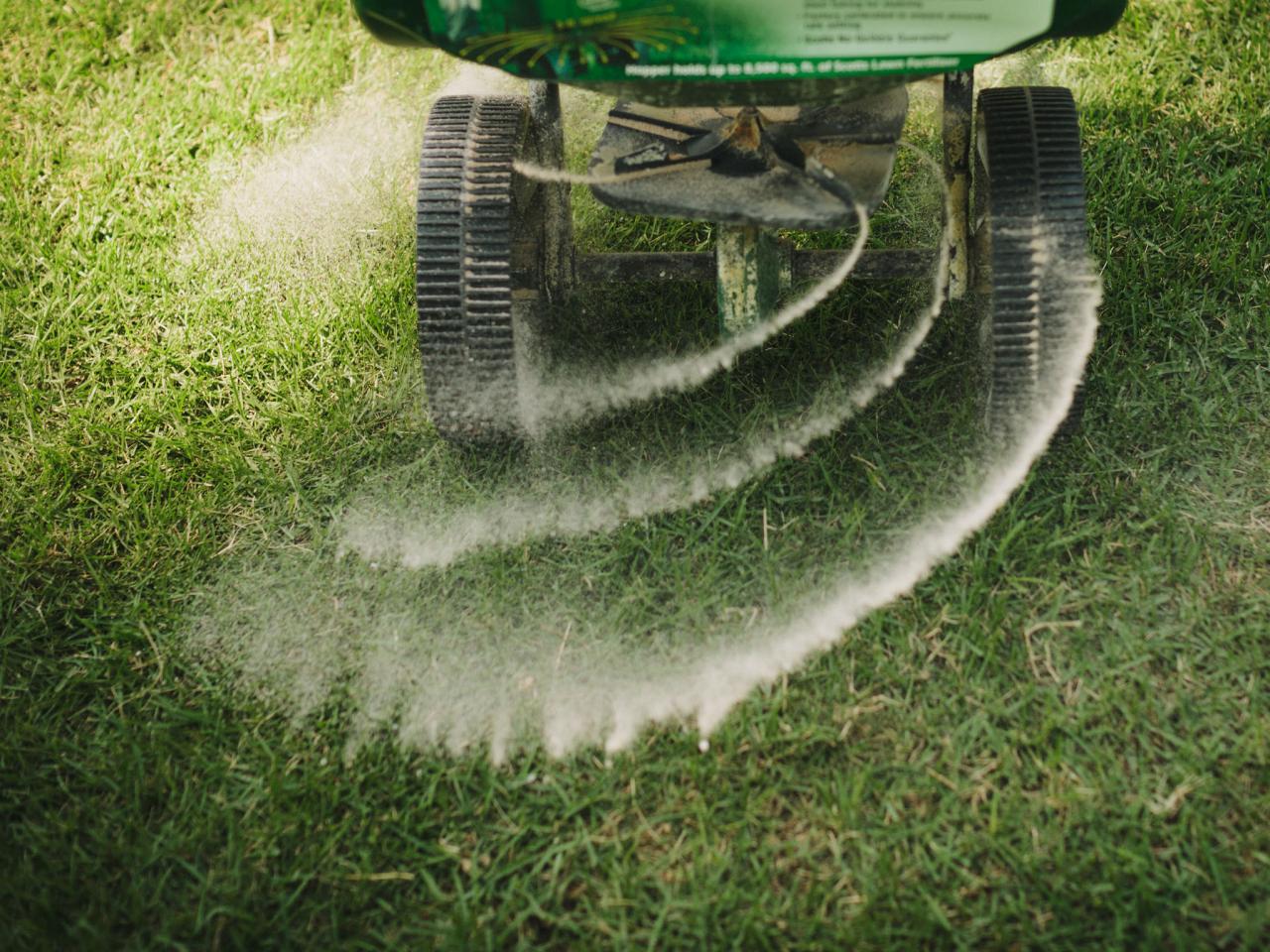
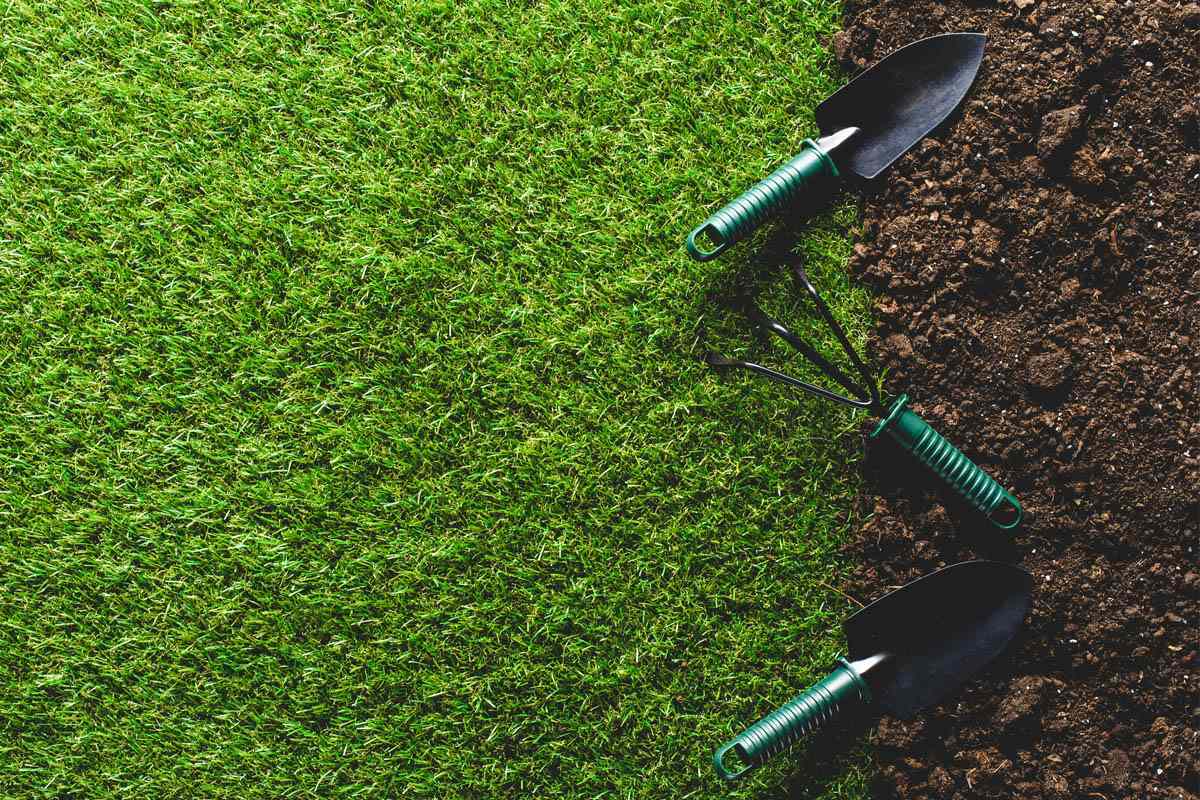
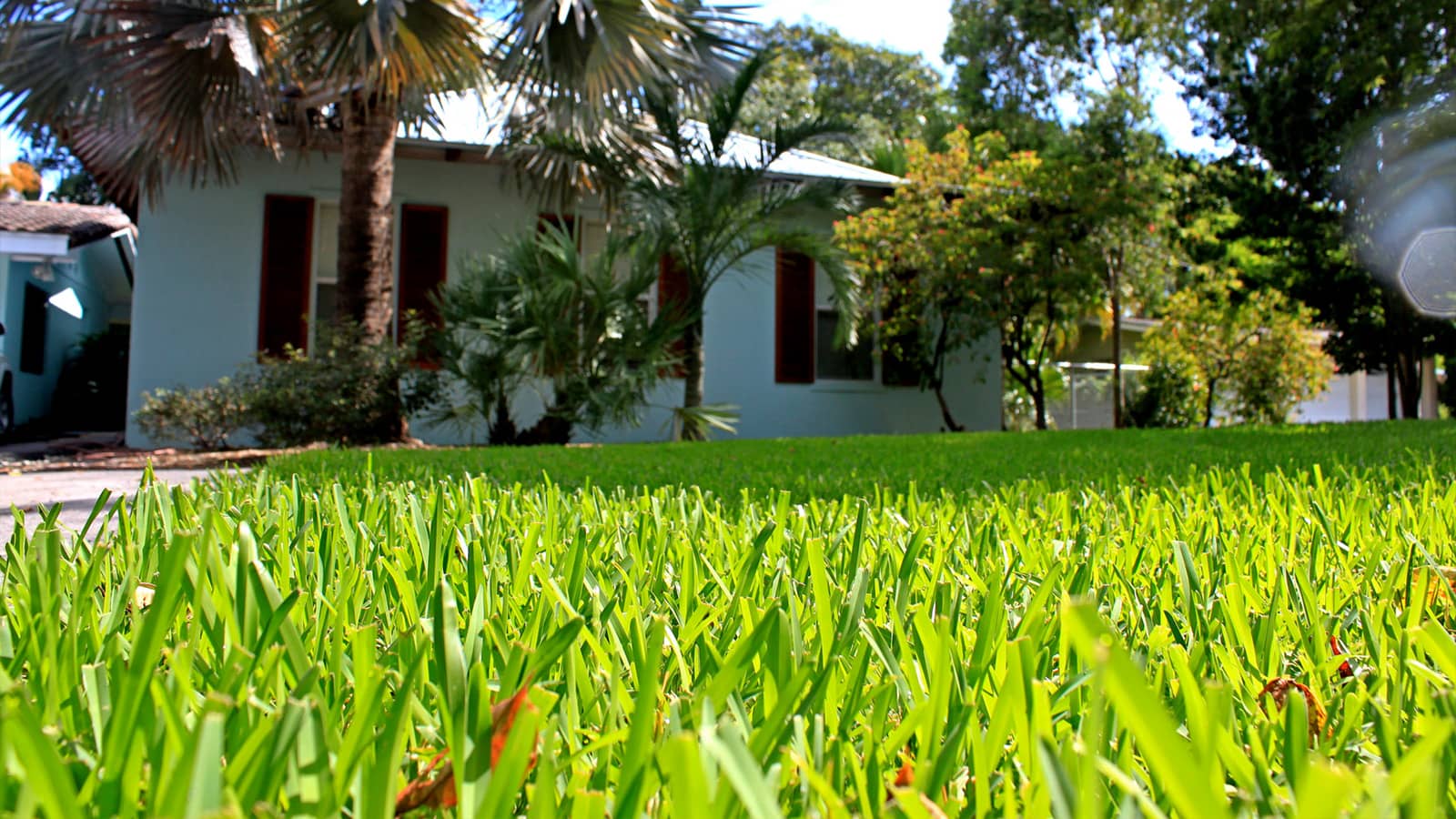
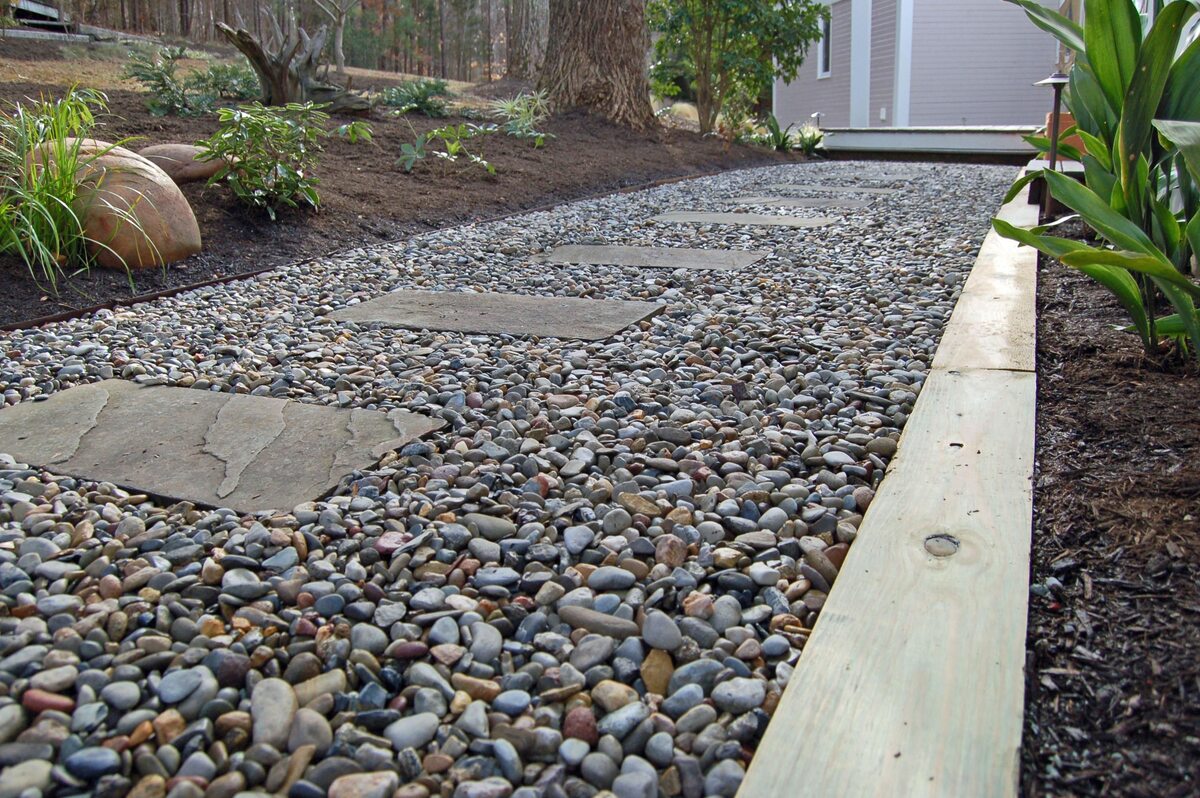
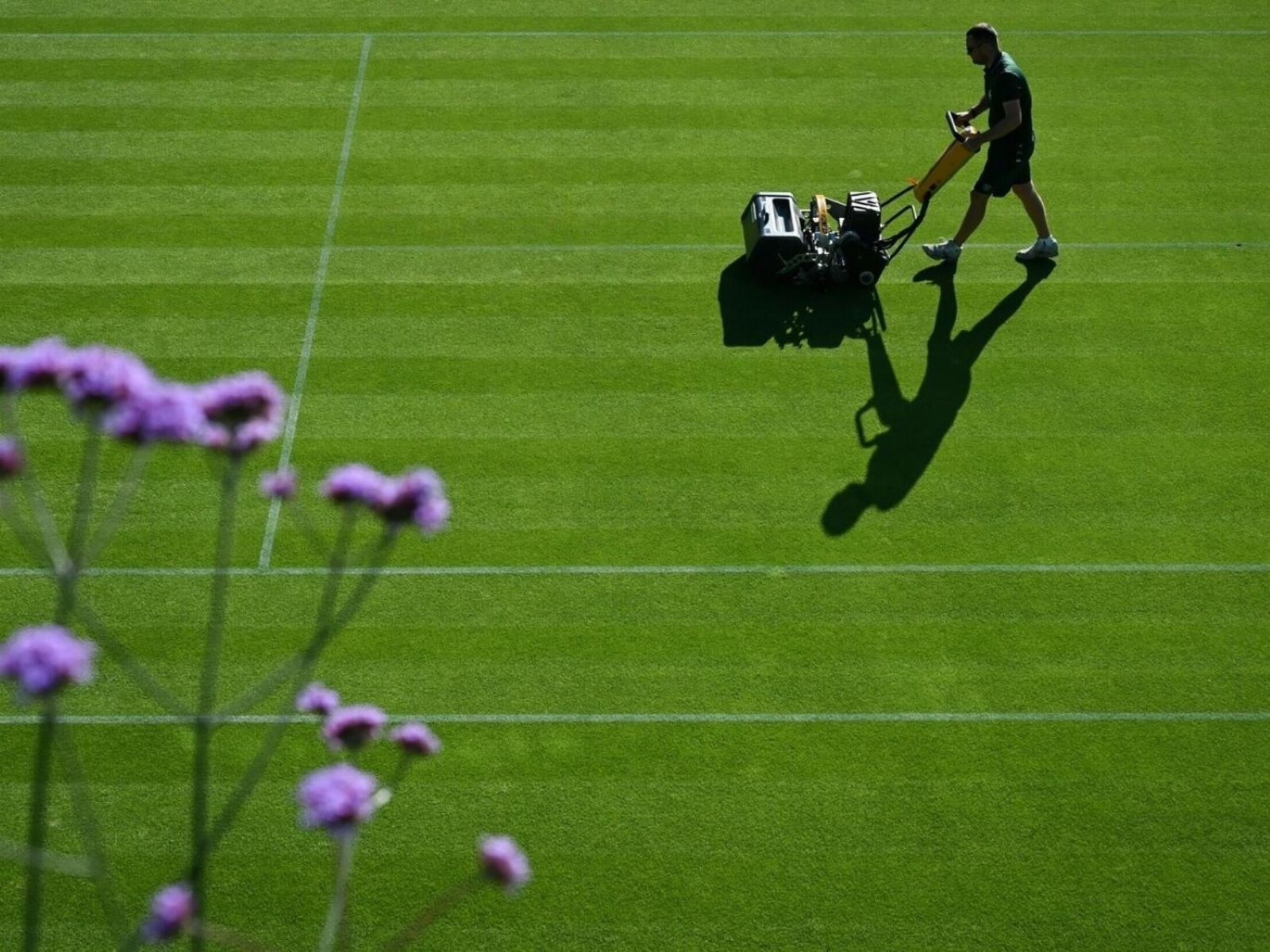
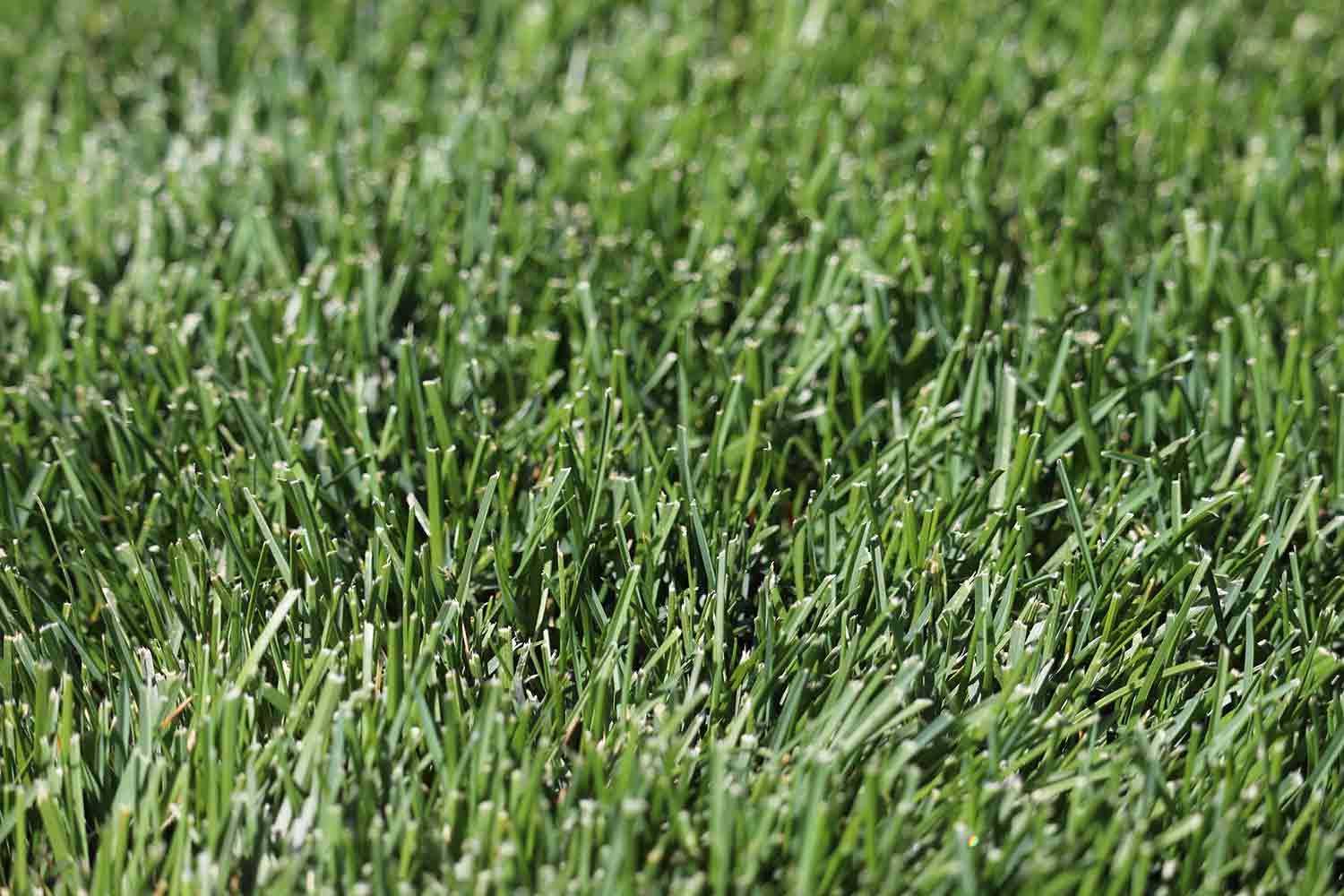
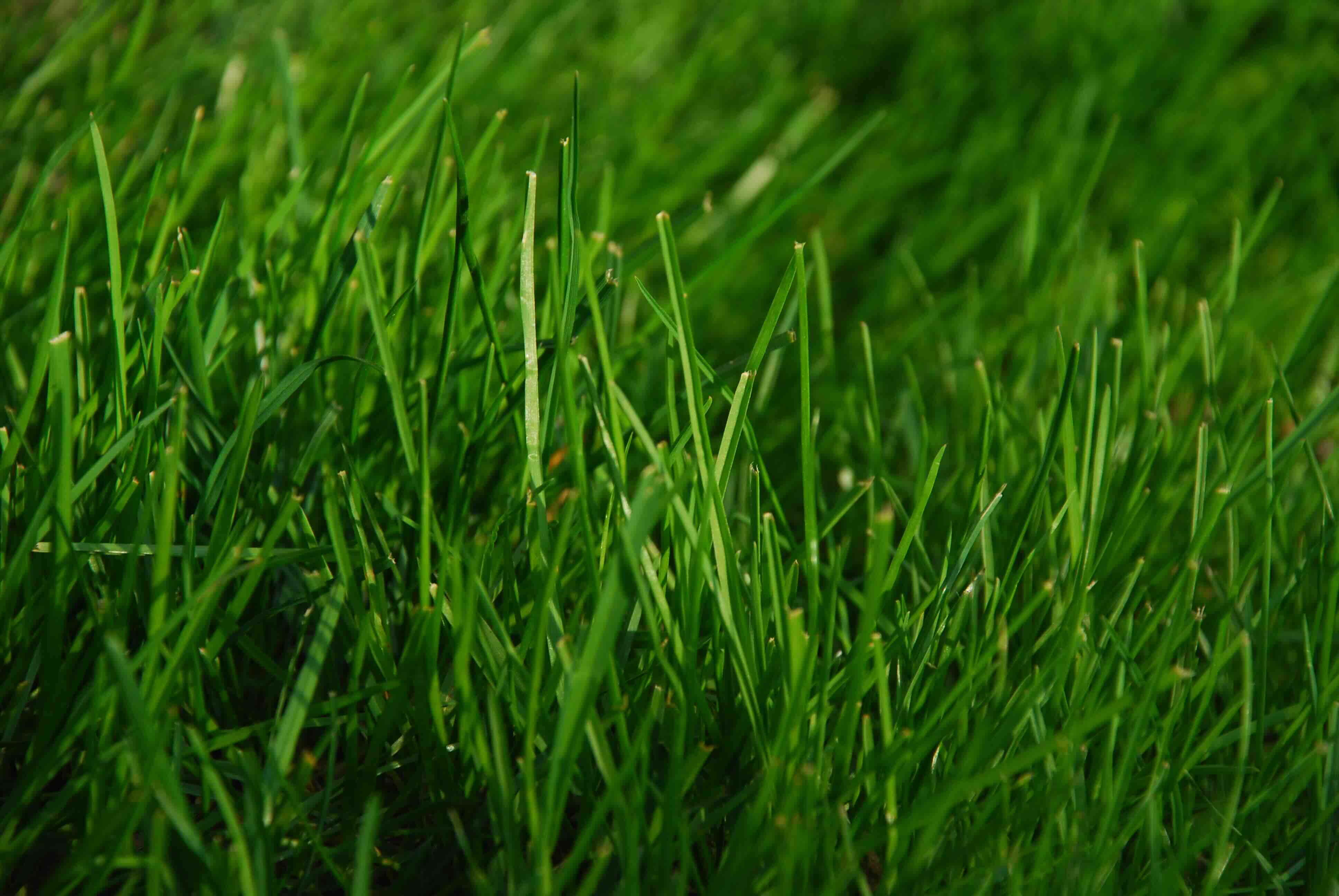
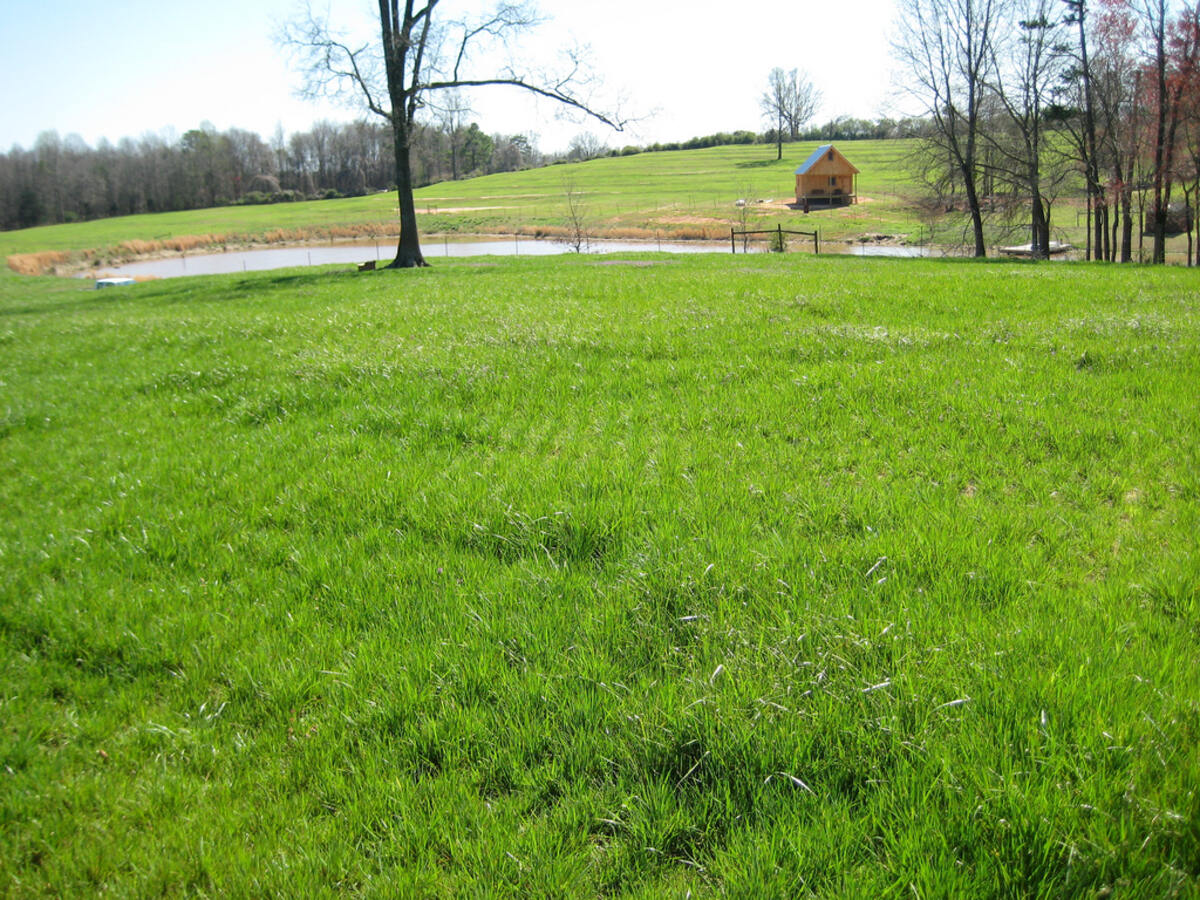
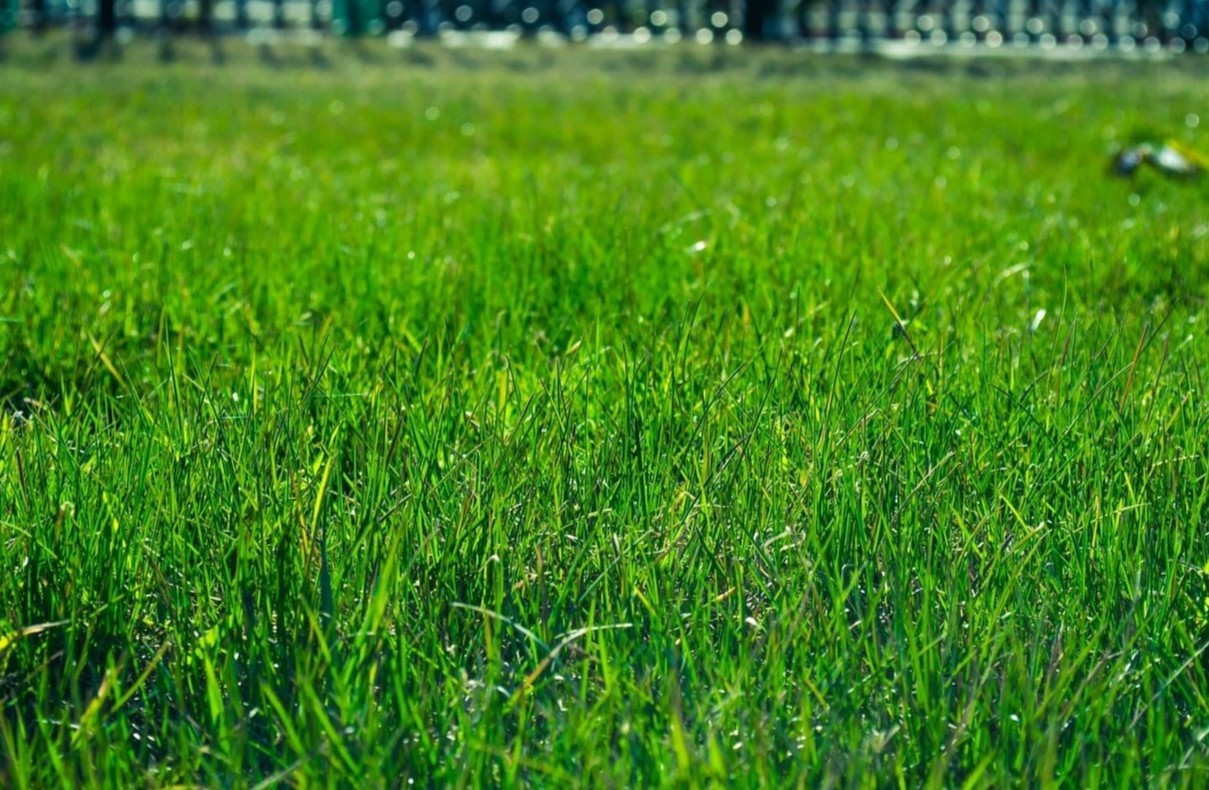

0 thoughts on “What Kind Of Grass Spreads”